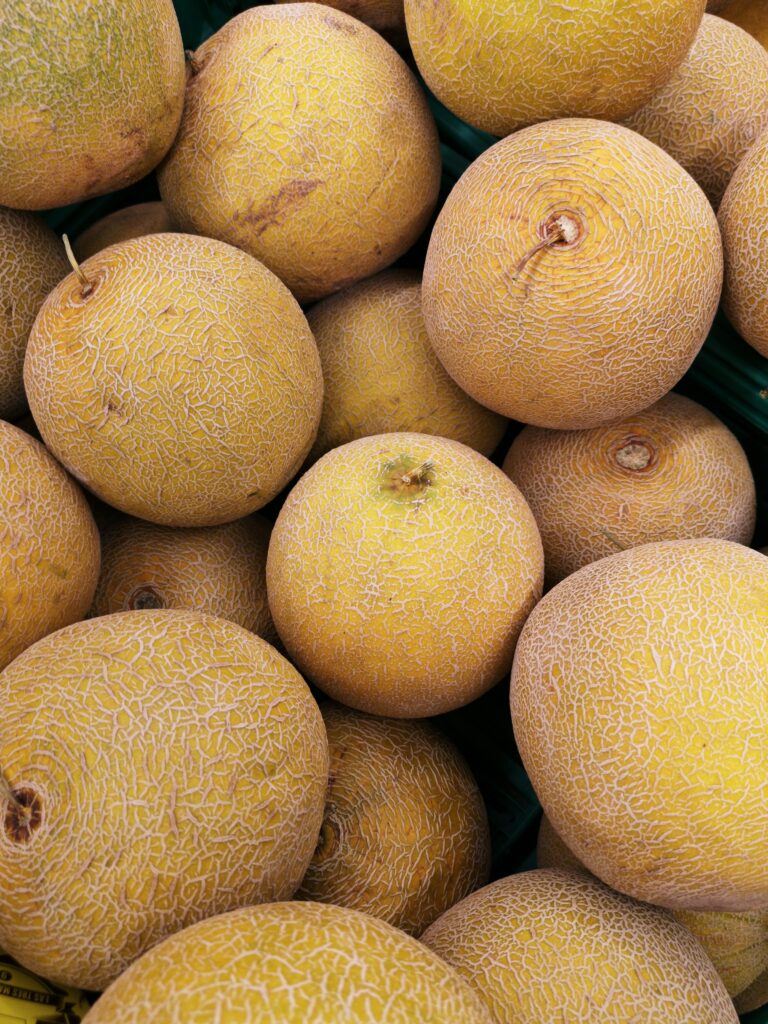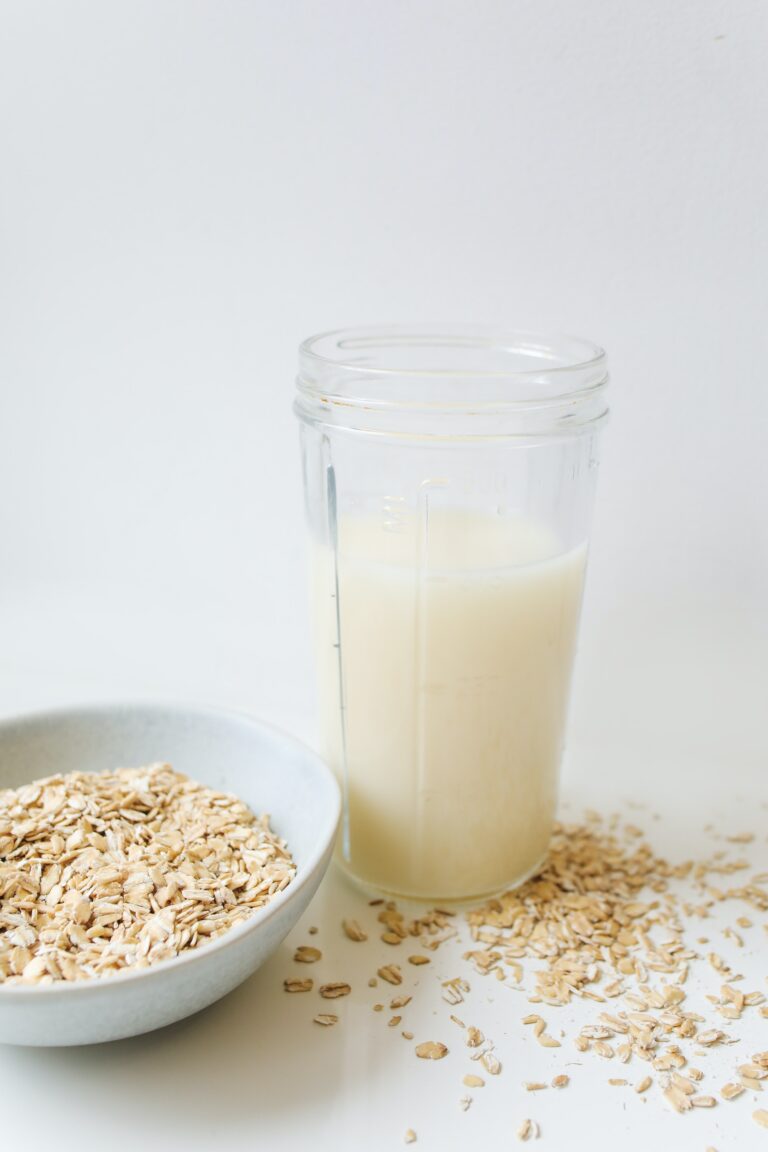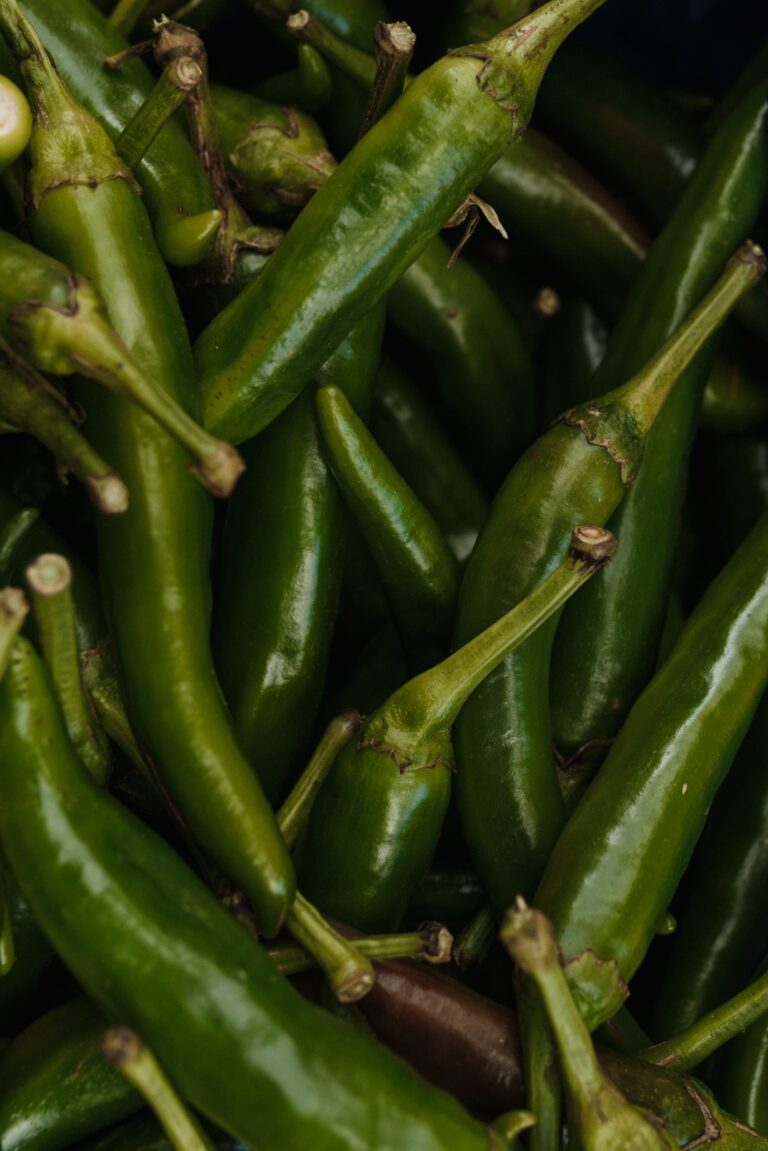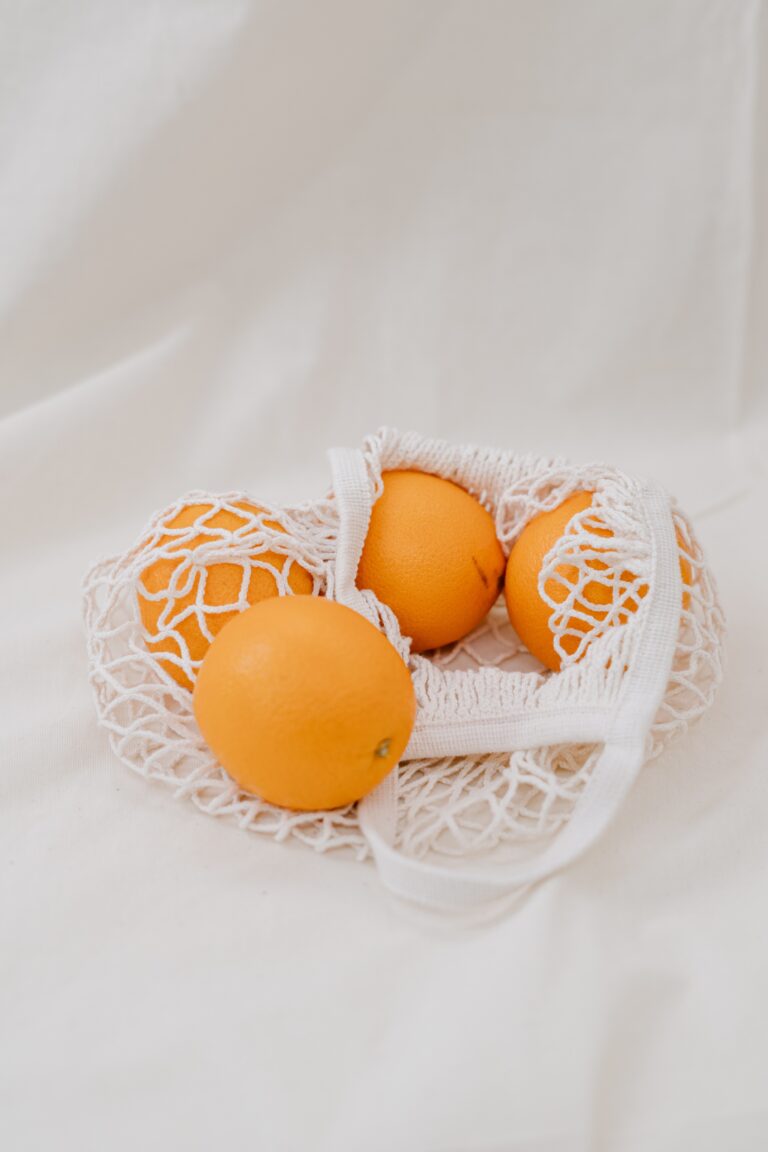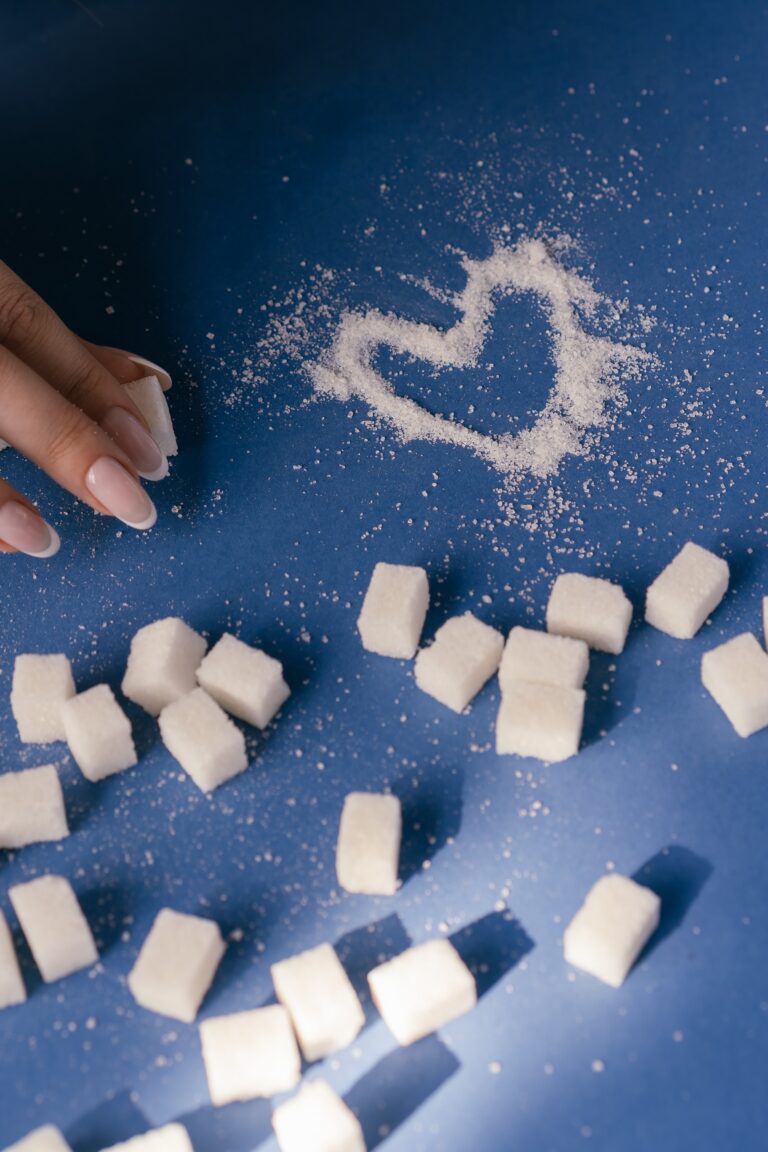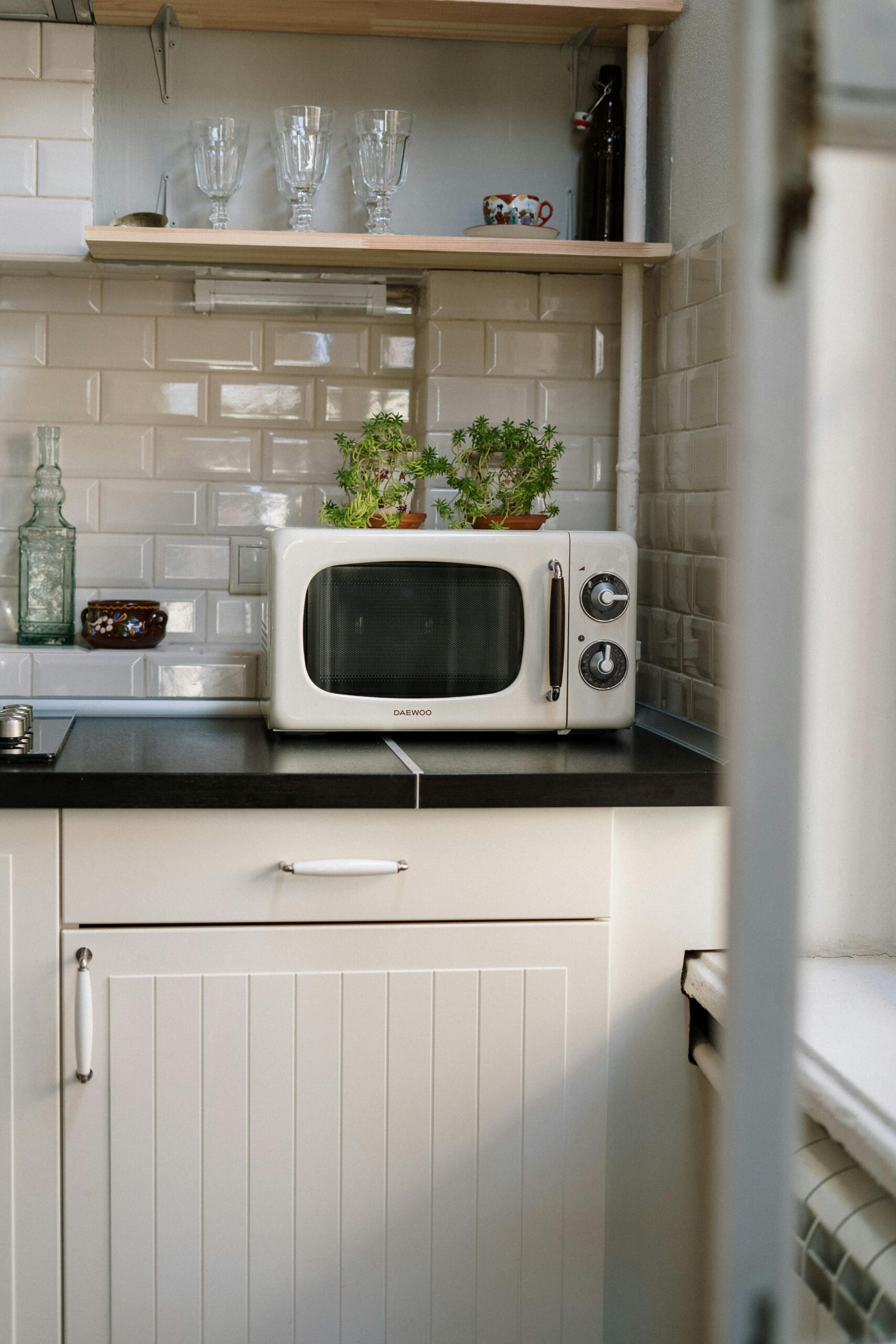
When it comes to zapping a quick meal in the microwave, there’s more to consider than just pressing the start button. The kitchen convenience we often take for granted is a hub of electromagnetic activity, where the choice of container can make the difference between a perfectly heated slice of pizza and a food safety fiasco. Let’s unpack the mysteries of microwave use. Particularly the burning question: Can you put all glass in the microwave?
How Does a Microwave Work
A microwave oven cooks food using electromagnetic radiation. When you start the microwave, it produces microwaves through a device called a magnetron. These microwaves are then directed into the food compartment where they penetrate the food. Water molecules within the food absorb the energy from the microwaves through a process called dielectric heating. This causes the water molecules to vibrate rapidly, creating heat, which cooks the food. Because microwaves heat food from the inside out, they can cook certain items quicker than traditional ovens.
Can Glass Go In the Microwave
The short answer is yes, you can put glass in the microwave. But, there’s a caveat. Not all glass is created equal. Microwave-safe glass is designed to withstand the high heat and electromagnetic radiation without melting or releasing harmful chemicals. It bears a microwave-safe label, which is your cue that it’s safe for everyday use.
How can you tell if glass is microwave safe
To determine if glass is microwave safe, look for a label or symbol on the bottom of the container indicating it is suitable for microwave use. This may be a microwave symbol or the words “microwave safe.” If there is no label, you can perform a safety test: fill the glass with water and microwave it alongside a cup of water for about one minute. If the glass stays cool and only the water heats up, the glass is likely microwave safe. If the glass becomes hot, it’s not suitable for microwaving.
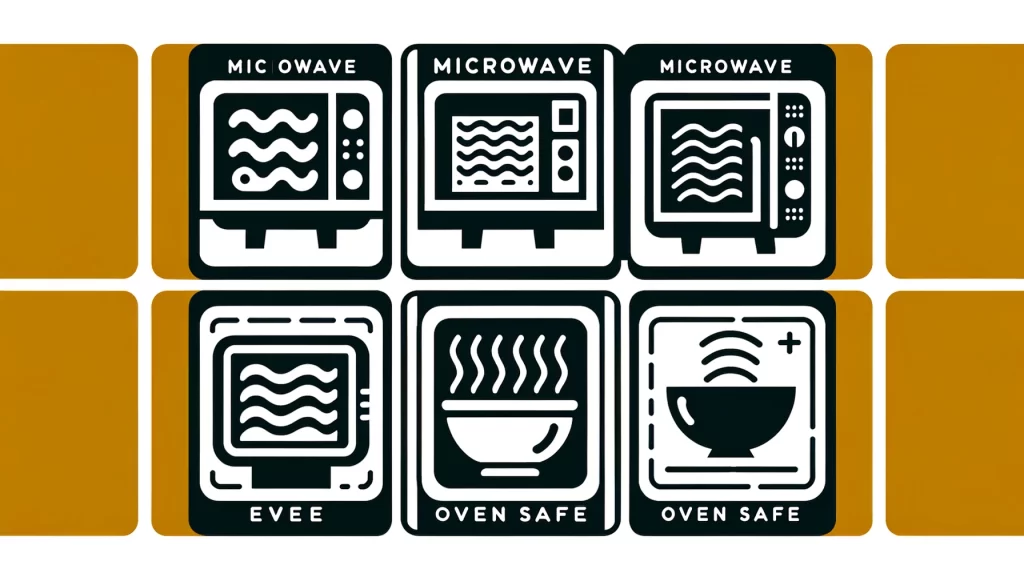
How long can you microwave glass for
Microwave-safe glass can generally be microwaved for the duration necessary to heat or cook food, which can vary depending on the microwave’s power and the type of food. However, it’s important not to overheat as this can cause the glass to become too hot and potentially crack or shatter. Especially if it undergoes rapid temperature changes afterwards. Always follow the manufacturer’s instructions for both the microwave oven and the glassware. As a general rule, it’s prudent to heat in short intervals, checking the food regularly to prevent excessive heat buildup.
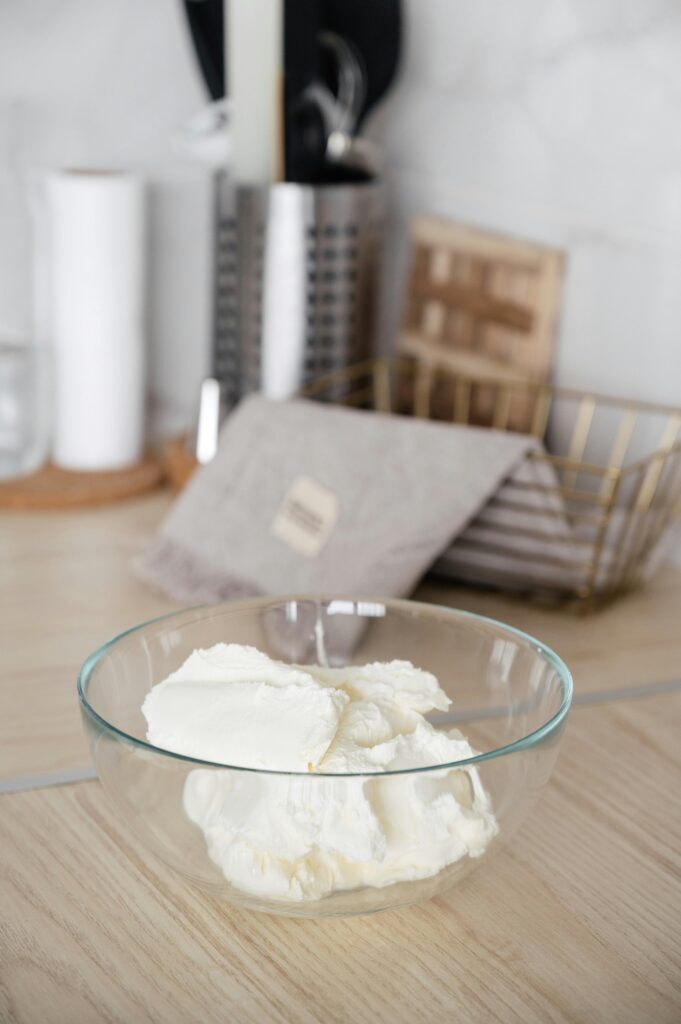
What Kind of Glass are Kitchen Bakeware and Serveware Made Of
In the realm of kitchen dishes, serveware, and bakeware, two primary types of glass are favored for their durability and safety: borosilicate glass and tempered glass.
Borosilicate glass
Borosilicate glass, renowned for its resistance to thermal shock, is ideal for kitchen items that undergo rapid temperature changes. This makes it perfect for recipes requiring a transition from oven to refrigerator. Its ability to withstand high temperatures without cracking or breaking ensures that your culinary creations remain intact.
Tempered Glass
Tempered glass, on the other hand, is strengthened through a thermal or chemical process. This makes it up to four to five times stronger than standard glass. This robustness makes tempered glass containers ideal for everyday food storage, serving, and even heating recipes directly in the microwave or oven.
Both types of glass are staples in the kitchen, providing reliability and versatility for a wide array of recipes and food storage needs.
Are Mason Jars Microwave Safe
Mason jars are not universally microwave safe. To determine if a specific mason jar is safe for microwave use, check for a microwave-safe label. If there is no label, it’s best to err on the side of caution and not use it in the microwave. Especially since the metal lids that typically come with mason jars are not microwave-safe. Always remove the metal lid before considering microwaving. If you decide to microwave a mason jar, do so with care and for short periods to avoid sudden temperature changes that could cause the glass to crack or shatter.
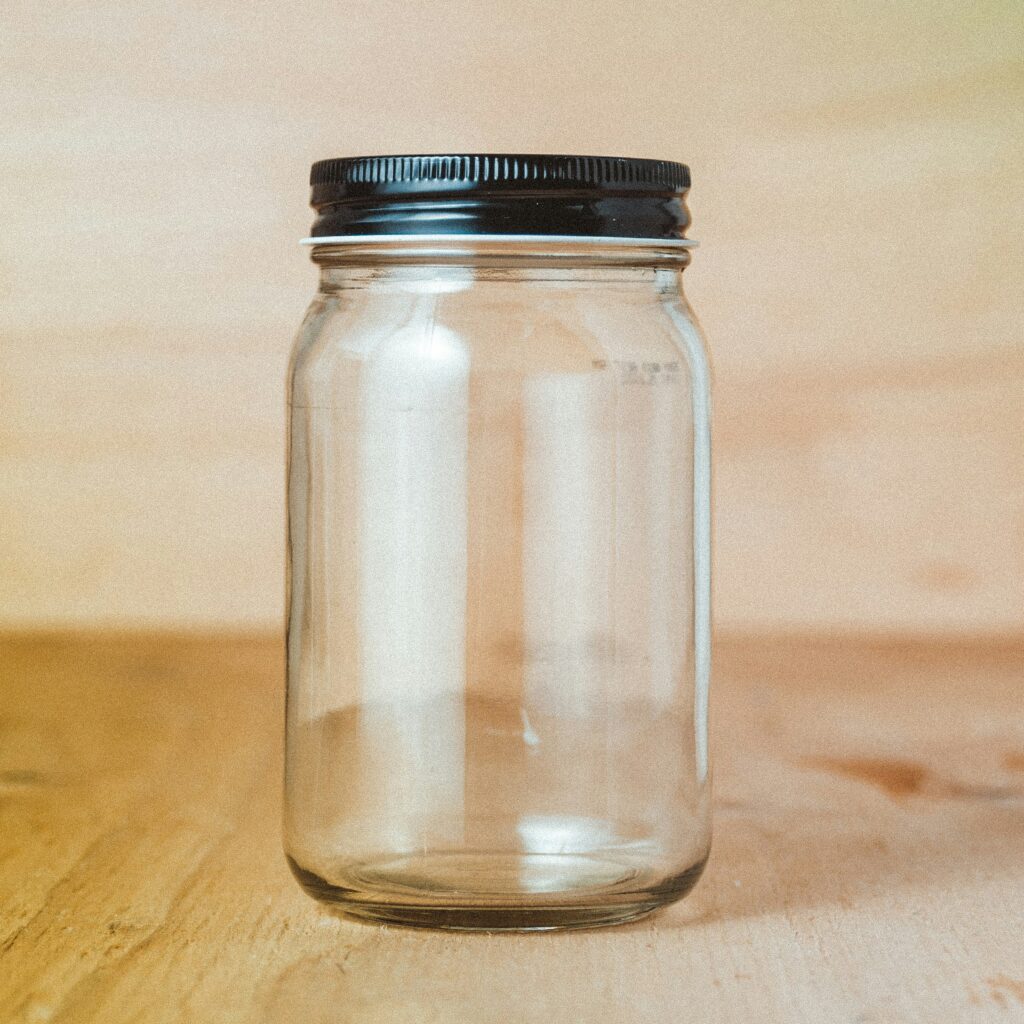
Importance of Quality of Glass
The quality of glass is paramount for several reasons, particularly when it’s used in contexts like cookware, containers, and in the construction industry. Here’s why:
- Durability: High-quality glass is more durable and resistant to breakage. It can withstand everyday wear and tear, as well as the occasional impact or thermal shock.
- Safety: Good quality glass, especially when used in microwaves or as part of a building structure, is less likely to break or shatter unexpectedly. If it does break, higher quality glass is often designed to shatter into less dangerous, smaller pieces rather than sharp shards.
- Thermal Resistance: High-quality glassware can withstand higher temperatures and more extreme temperature changes. This is crucial for glass used in cooking or serving hot food and beverages, as well as in environments with fluctuating temperatures.
- Chemical Stability: Superior glass does not leach chemicals or absorb flavors and odors, maintaining the integrity and safety of the contents it holds, which is especially important for food and beverage storage.
- Clarity and Aesthetics: The optical clarity of high-quality glass is vital in applications where transparency and aesthetics are important, such as in windows, glassware, and certain art forms.
- Microwave Safety: In the context of microwave use, the quality of glass determines whether it can be used safely. Microwave-safe glass must be free from contaminants that could leach out at high heat and must not contain any metals or materials that could spark.
- Longevity: Quality glass tends to have a longer lifespan, reducing the need for replacement and contributing to sustainability by minimizing waste.
In summary, investing in high-quality glass is critical for safety, performance, longevity, and environmental sustainability. Whether it’s for a microwave-safe dish or a pane of glass in your home, the quality often translates into better value over time.
What To Not Put in the Microwave
Using the microwave seems like an easy way to heat food, but incorrect use can turn it into a fire hazard. For instance, never microwave aluminum foil or metal plates; they can cause sparks and potentially a fire. Paper towels are handy but remember to avoid products like brown paper bags and wax paper, which aren’t designed for high power and can catch fire.
There are also health concerns associated with certain paper products. PFAS coatings, found in some disposable dishes, can become a health risk when heated. The same goes for microwave styrofoam products and any disposable plates that aren’t labeled microwave-safe.
Suggested: How to Reheat a Croissant
Best Practices for Microwave Oven Use
For best results, follow these tips:
- Always use microwave-safe containers, like ceramic plates, microwave-safe glass, or manufacturer-approved microwave-safe plates and bowls.
- Conduct a simple test if you’re unsure: Microwave the container with a cup of water for a minute. If the container is hotter than the water, it’s not safe.
- For food containers like takeout boxes, transfer food to a microwave-safe dish to avoid any potential risks.
- Avoid microwave use with plastic plates unless they carry the microwave-safe label, as they could release harmful chemicals like BPA.
- When in doubt, refer to the manufacturer’s instructions for your microwave oven and the items you’re using.
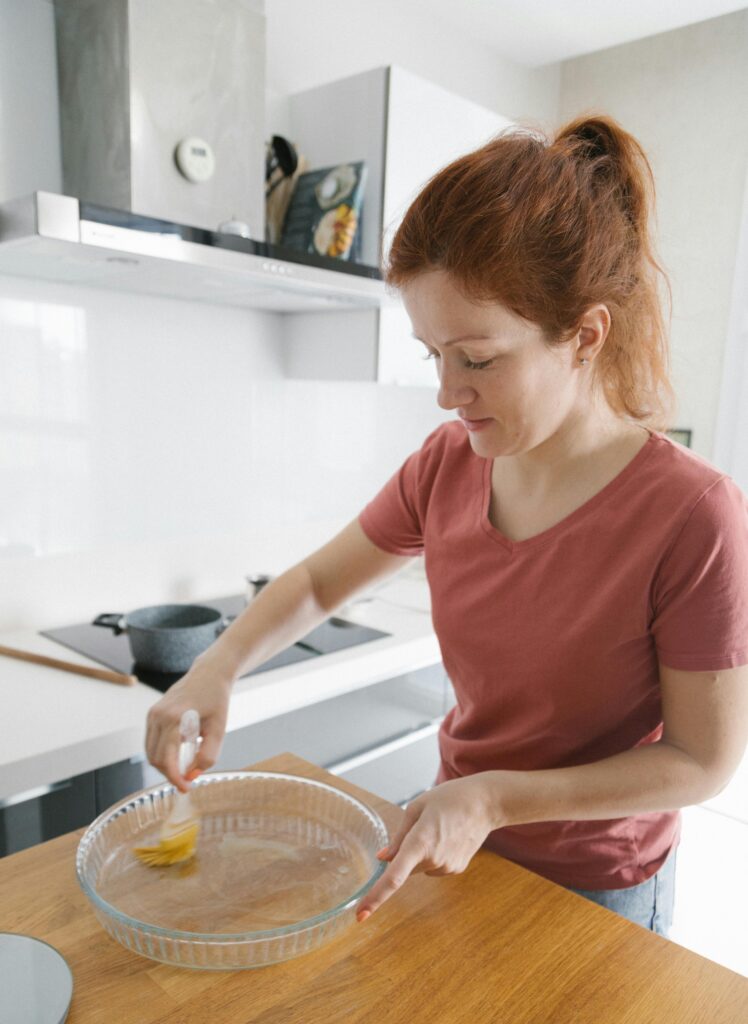
The Role of Microwave-Safe Labels and Lids
Microwave-safe labels are your main concerns when choosing containers. They assure that the item can handle the high heat and electromagnetic waves without releasing harmful substances. A microwave-safe lid is equally important to prevent splatters and ensure even cooking times.
Paper Products and Disposable Options
For those who love paper products for their convenience, it’s good news that there are great options for microwave use. Look for plain paper plates without metallic ink or designs, compostable plates made from eco-friendly materials, or Glad disposable paper plates, which are designed for microwave safety.
Microwave paper plates are a household staple for quick and easy meals, and they come in various designs. However, not all types of paper plates are suitable for microwave use. Uncoated paper plates are often the best for short periods of time, while coated or designed plates might pose a risk of the plate burning or chemicals leaching at high temperatures.
Frequently Asked Questions
Can you microwave cold glass
Yes, you can microwave cold glass as long as it is labeled microwave-safe. However, you should avoid subjecting cold glass to sudden high heat, as this can cause thermal shock and potentially crack or shatter the glass. To mitigate this risk, allow the glass to warm up to room temperature first, or microwave it at a lower power setting initially. Always follow the manufacturer’s instructions for the specific glass item you are using.
Can you microwave glass baby bottles
Yes, you can microwave glass baby bottles if they are explicitly labeled as microwave-safe. However, it is generally not recommended to microwave bottles with milk or formula due to the risk of uneven heating, which can create hot spots and pose a burn risk to babies. If you choose to microwave, remove any metal parts first, and always shake the bottle to distribute heat evenly and test the temperature before feeding.
Can you microwave glass Tupperware
Yes, glass Tupperware can be microwaved if it is designated as microwave-safe. Always check for a microwave-safe symbol or label on the Tupperware, and ensure that any lids are also microwave-safe. If the lid is not microwave-safe, remove it before heating, or use a microwave-safe cover to prevent splatters.
Can you put a Nutella jar in the microwave
No, you should not put a Nutella jar in the microwave. Nutella jars are made of glass with a metal lid, and metal should never be microwaved due to the risk of sparks and fire. Additionally, the glass is not designed to withstand microwave heat, which could lead to the jar breaking or shattering. If you need to soften Nutella, consider scooping out the amount you need into a microwave-safe container and heating it gently, without the lid.
Will glass break if you microwave it
Glass will not necessarily break in the microwave if it is microwave-safe and used according to the manufacturer’s instructions. However, non-microwave-safe glass or glass that undergoes rapid temperature changes can crack or shatter due to thermal shock. Always check for a microwave-safe label and heat gradually to avoid sudden temperature changes.
Can you microwave a glass jar of sauce
Yes, you can microwave a glass jar of sauce if the jar is labeled microwave-safe. However, remove the metal lid first to avoid sparks. It’s also a good idea to transfer the sauce to a microwave-safe container to ensure even heating and prevent any risk of the glass jar breaking due to thermal shock. Always stir the sauce after heating to eliminate hot spots.
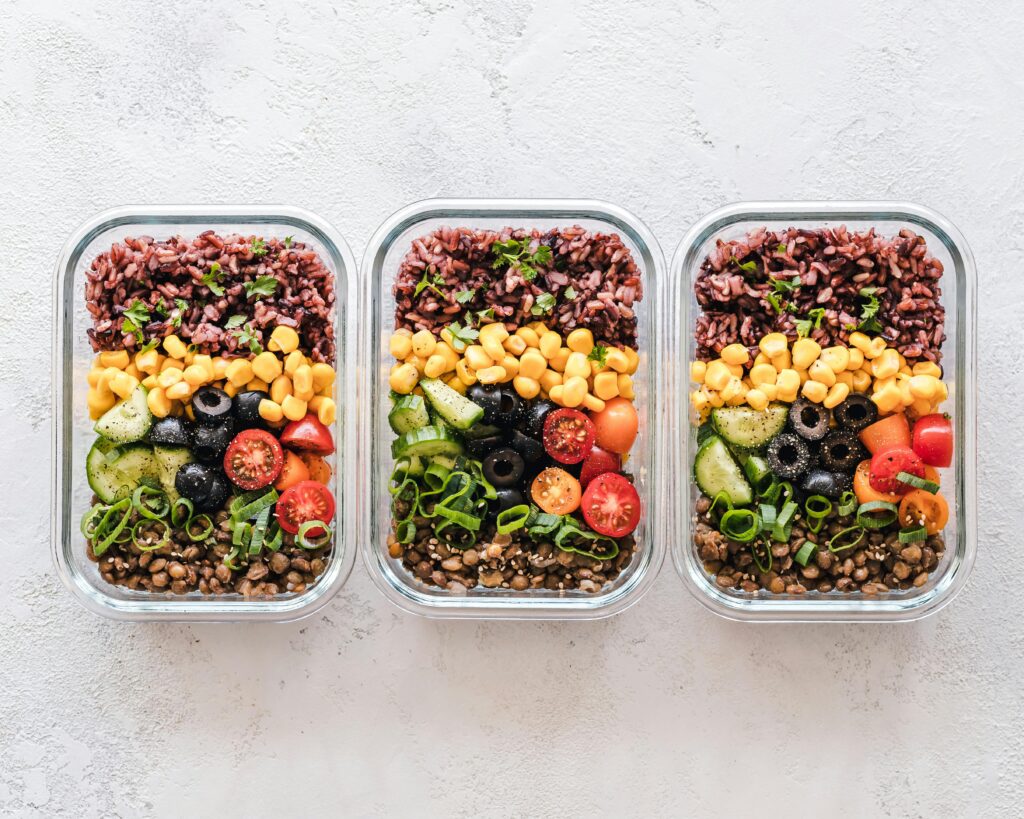
Other Helpful Kitchen Guides
- How To Compost Coffee Grounds
- How to Clean a Wooden Cutting Board
- The Different Uses for a Bread Knife
- How Long Does Leftover Sushi Last in the Fridge
- Can Coffee Go Bad
Final Thoughts
Next time you stand in front of your microwave oven with a disposable dish in hand, remember the key word: microwave-safe. Whether it’s glass, paper, or plastic, the general rule is to ensure the manufacturer backs the product for microwave use. This simple act of caution can prevent accidents, health risks, and ensure you enjoy your meals without any extra, unwanted side effects.
So, go ahead, heat up that leftover lasagna or that coffee cup of soup. With the right container, your microwave is a gateway to quick, delicious, and safe meals. Just remember to handle it with care and always opt for microwave-safe items for the best and safest heating experience.

Christopher is a food and lifestyle expert, recipe developer and the content creator behind May Eighty Five. With years of experience in the kitchen, he also shares tips, tricks and how to’s that he has learnt over the years. Every week, he shares quick, simple and mostly healthy recipes along with some home and entertaining tips. You will find flavorful cocktails, delicious appetizers, tasty mains and some indulgent desserts. As a home decor enthusiast, he also likes to share simple DIY projects and simple tips for a beautiful home.


